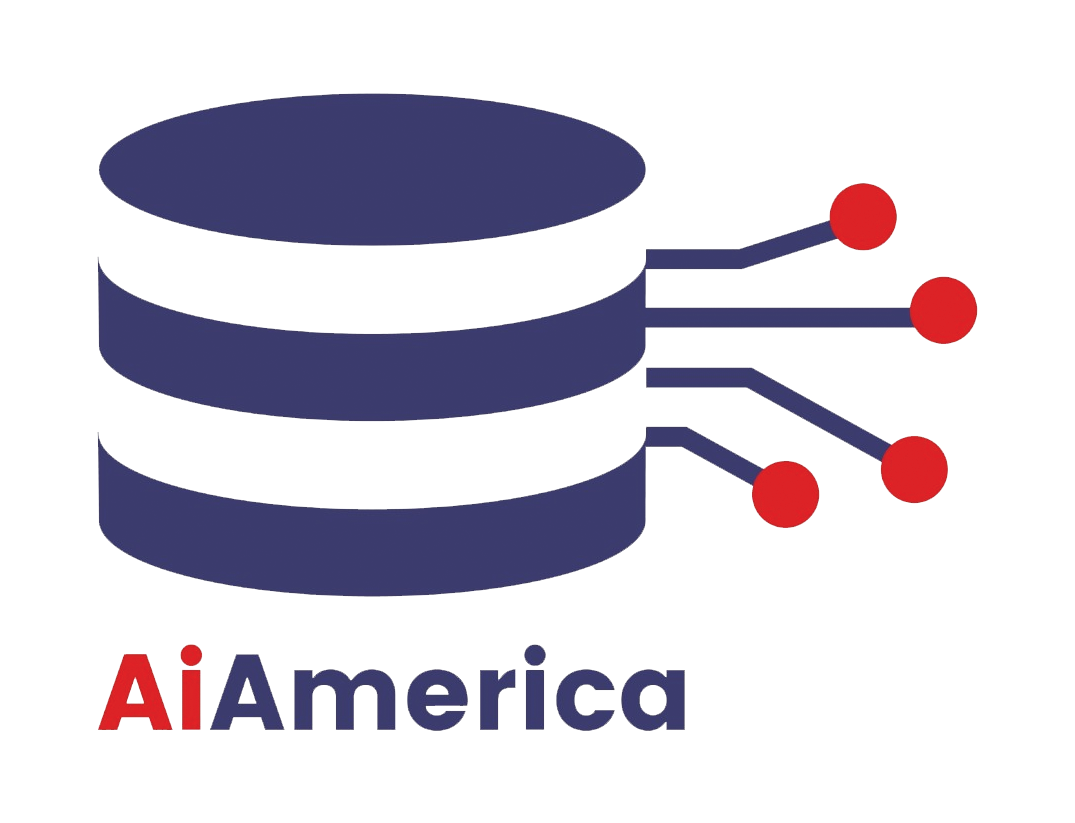
Close

Natural Language Processing (NLP) is a captivating field within the realm of artificial intelligence (AI) that focuses on bridging the gap between human language and computer understanding. In this blog post, we’ll embark on a journey to explore NLP, its significance, applications, and how it’s revolutionizing the way we interact with machines.
Chapter 1: Unpacking Natural Language Processing
Defining NLP: Natural Language Processing is a branch of AI that empowers computers to understand, interpret, and generate human language. It’s like teaching machines to speak, read, and comprehend languages just like we do.
Chapter 2: NLP Building Blocks
Tokenization:
Tokenization breaks text into smaller units, such as words or phrases, making it easier for machines to process.
Part-of-Speech Tagging:
This process assigns grammatical tags to words in a sentence, helping computers understand the context.
Named Entity Recognition (NER):
NER identifies and categorizes entities like names of people, places, or organizations within a text.
Chapter 3: Applications of NLP
NLP in Chatbots:
Chatbots leverage NLP to understand user queries and provide relevant responses, powering customer support and virtual assistants.
NLP in Sentiment Analysis:
Sentiment analysis uses NLP to determine the sentiment (positive, negative, or neutral) expressed in text data, useful for understanding public opinion.
NLP in Language Translation:
NLP is behind translation tools like Google Translate, making cross-lingual communication seamless.
Chapter 4: The Power of Machine Learning in NLP
Machine Learning Algorithms:
NLP utilizes various machine learning algorithms for tasks like language generation, text summarization, and question answering.
Deep Learning and NLP:
Deep learning models, such as Recurrent Neural Networks (RNNs) and Transformers, have revolutionized NLP, enabling more accurate language understanding and generation.
Chapter 5: Challenges and Future of NLP
Ambiguity and Context:
NLP struggles with context and ambiguity in languages, which can lead to misinterpretations.
Ethical Considerations:
NLP systems can inadvertently reinforce biases present in training data, raising important ethical concerns.
The Future:
NLP is expected to continue evolving, with advancements in multilingual models, emotional analysis, and even better chatbots.
Conclusion:
Natural Language Processing is more than just a technology; it’s a bridge that connects humans and machines through language. From chatbots enhancing customer service to translators breaking language barriers, NLP is transforming the way we communicate and interact with technology. As we journey into an era where human-computer language interaction becomes increasingly seamless, NLP will undoubtedly play a pivotal role.